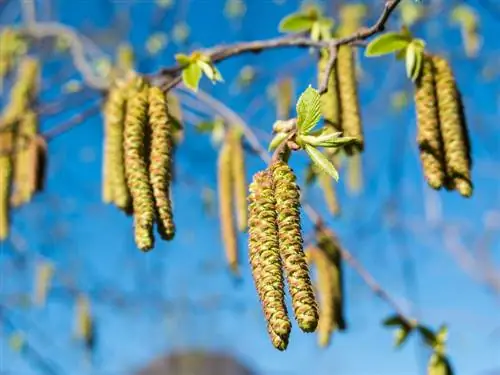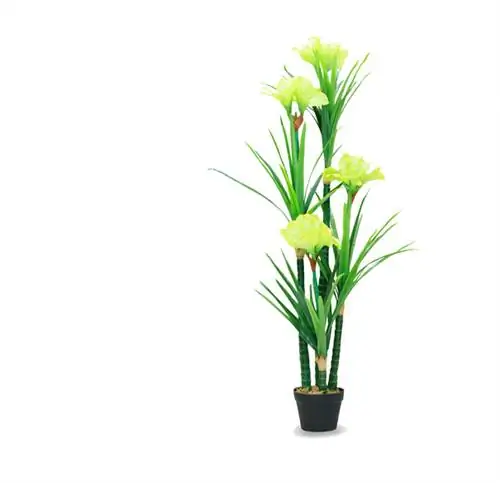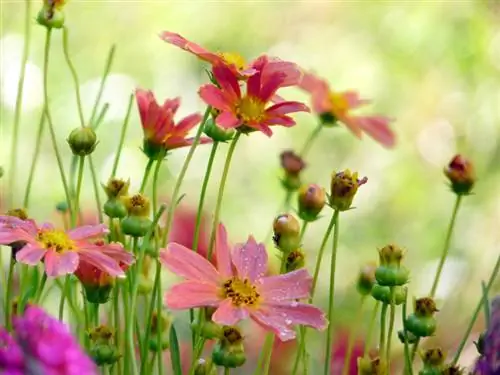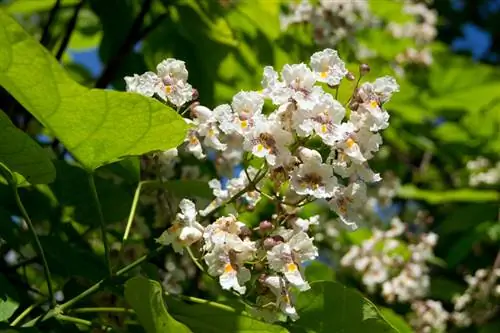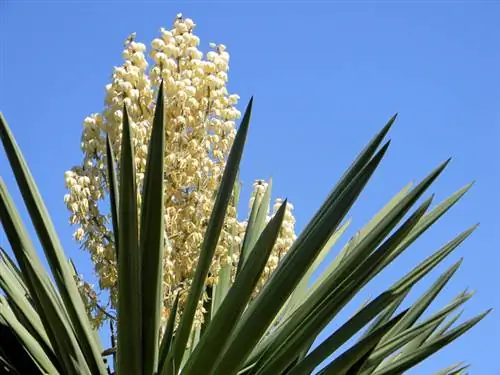- Author admin [email protected].
- Public 2023-12-16 16:46.
- Last modified 2025-06-01 06:02.
A hornbeam only blooms when it is at least 20 years old. At first only a few flowers appear that are not yet fertile. Only when the tree has reached an age of 30 to 40 years do the nuts develop in autumn.

When does the hornbeam bloom and what characteristics does its flower have?
Hornbeams bloom for the first time in at least 20 years with different male and female flowers. The flowering period lasts from May to June. They reach male maturity and form nutlets between the ages of 30 and 40. Hornbeams belong to the birch family and can cause allergies.
Hornbeams have different male and female flowers
Hornbeams are monoecious. The tree bears male and female flowers that look very different.
Pollination occurs via wind and only occasionally via insects. A second hornbeam is not needed for pollination.
Structure of the flower
Female Flower:
- approx. 3 cm long
- green
- inconspicuous
Male flower:
- 4 - 7 cm long
- long hanging down
- green-yellow color
The female flowers are inconspicuous. They appear when the leaves emerge. They only form small catkins no more than three centimeters long and are green in color.
The male flowers are more showy. They are kitten-shaped, yellow and between four and seven centimeters long. They hang long.
Hornbeam blooming time
It takes a long time for the hornbeam to bloom for the first time. Depending on the location, the first flowering occurs after around 20 years. The hornbeam is mature at 30 to 40 years old. Only then do the nuts form in autumn.
The flowering period begins in May and can last until June.
Hornbeams are birch trees
Many people suffer from pollen allergies during the flowering of birch plants. Since the hornbeam is not a beech tree, but a birch tree, allergies can also occur in sensitive people when the hornbeam blooms.
Tip
Unlike beech trees, hornbeam nuts are not poisonous. They can even be eaten raw, but they usually taste very bitter.

